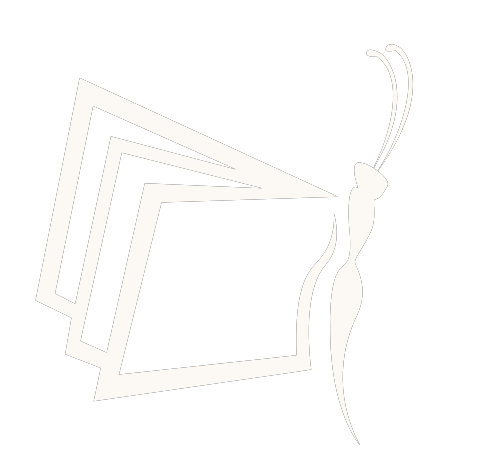In ancient times, education wasn’t a one-size-fits-all concept. Take a journey back to the Inca Empire, where the education of noble sons and commoner children followed vastly different paths. While noble sons were groomed for leadership and governance, commoner children learned skills essential for daily life.
Understanding how was the education of the sons of incan nobles different from that of children of commoners offers a fascinating glimpse into the diverse fabric of Incan society. Let’s explore how the sons of Incan nobles were prepared for their roles atop the social hierarchy, contrasting with the practical education provided to children of commoners.
Incan Nobles
In the Inca Empire, there were people who held special positions of power and importance. These people were called “nobles.” They were often born into families that had been respected for a long time. Incan nobles were like the rulers or leaders of their society. They had privileges and responsibilities that set them apart from everyone else.
Commoners’ Children
Now, imagine there were many other people in the Inca Empire who were not nobles. These people were called “commoners.” They were the everyday folks, like farmers, artisans, and workers. When we talk about “commoners’ children,” we’re referring to the kids born into these regular families. They didn’t have the same status or privileges as the nobles. Their lives were more focused on everyday tasks like farming, crafting, and taking care of their families.
Also read: How Does Education Contribute to Community Development
How Was the Education of the Sons of Incan Nobles Different From That of Children of Commoners?
Education of Incan Nobles
Sons of Incan nobles were destined for leadership roles from birth. Their education was meticulously planned to prepare them for the responsibilities that awaited them. Here’s how it differed:
- Focused Training: Education for noble sons revolved around mastering skills essential for governance, warfare, and administration. They were trained in military tactics, statecraft, diplomacy, and leadership from a young age.
- Tutelage by Experts: Noble children were often tutored by the most learned individuals in the empire. They learned from priests, scholars, and experienced leaders who imparted knowledge accumulated over generations.
- Cultural and Religious Education: Incan nobles were also educated in the customs, traditions, and religious practices of their people. They learned about the significance of rituals, ceremonies, and the gods worshipped by the Incas.
- Physical Conditioning: Physical fitness and endurance were crucial for Incan nobles, especially since warfare played a significant role in their society. They underwent rigorous training to develop strength, agility, and combat skills.
- Languages and Communication: In a vast empire with diverse ethnicities and languages, communication was vital. Noble sons were taught multiple languages to facilitate diplomacy and governance across different regions.
Education of Commoners’ Children
On the other hand, children born into commoner families had a different educational journey:
- Practical Skills: Commoner children learned practical skills essential for their everyday lives. This included farming techniques, craftsmanship, and domestic chores. Boys often helped their fathers in agricultural work or learned a trade, while girls assisted their mothers with household tasks.
- Community-based Learning: Education for commoner children was often community-based. They learned from their elders, participating in activities that contributed to the well-being of their families and communities.
- Cultural Traditions: Just like noble children, commoner children were also taught about their cultural heritage and traditions. They learned stories, myths, and rituals passed down through generations, which helped instill a sense of identity and belonging.
- Basic Literacy and Numeracy: While not as extensive as the education of noble sons, commoner children were taught basic literacy and numeracy skills. They learned to read and write using the quipu, a system of knotted cords used for record-keeping in the Inca Empire.
- Respect for Authority: Commoner children were taught to respect authority and follow the societal norms established by the ruling class. They learned the importance of obedience and cooperation within their social hierarchy.
Also read: Which is the Best Example of Someone Growing Their Network While in High-school?
Conclusion
In the Inca Empire, education was tailored to suit the roles and responsibilities expected of individuals based on their social status. While the sons of nobles received a comprehensive education focused on leadership and governance, commoner children learned practical skills essential for their livelihoods. Despite the differences, education played a crucial role in shaping the lives and futures of all individuals within the empire, contributing to its richness and complexity.
